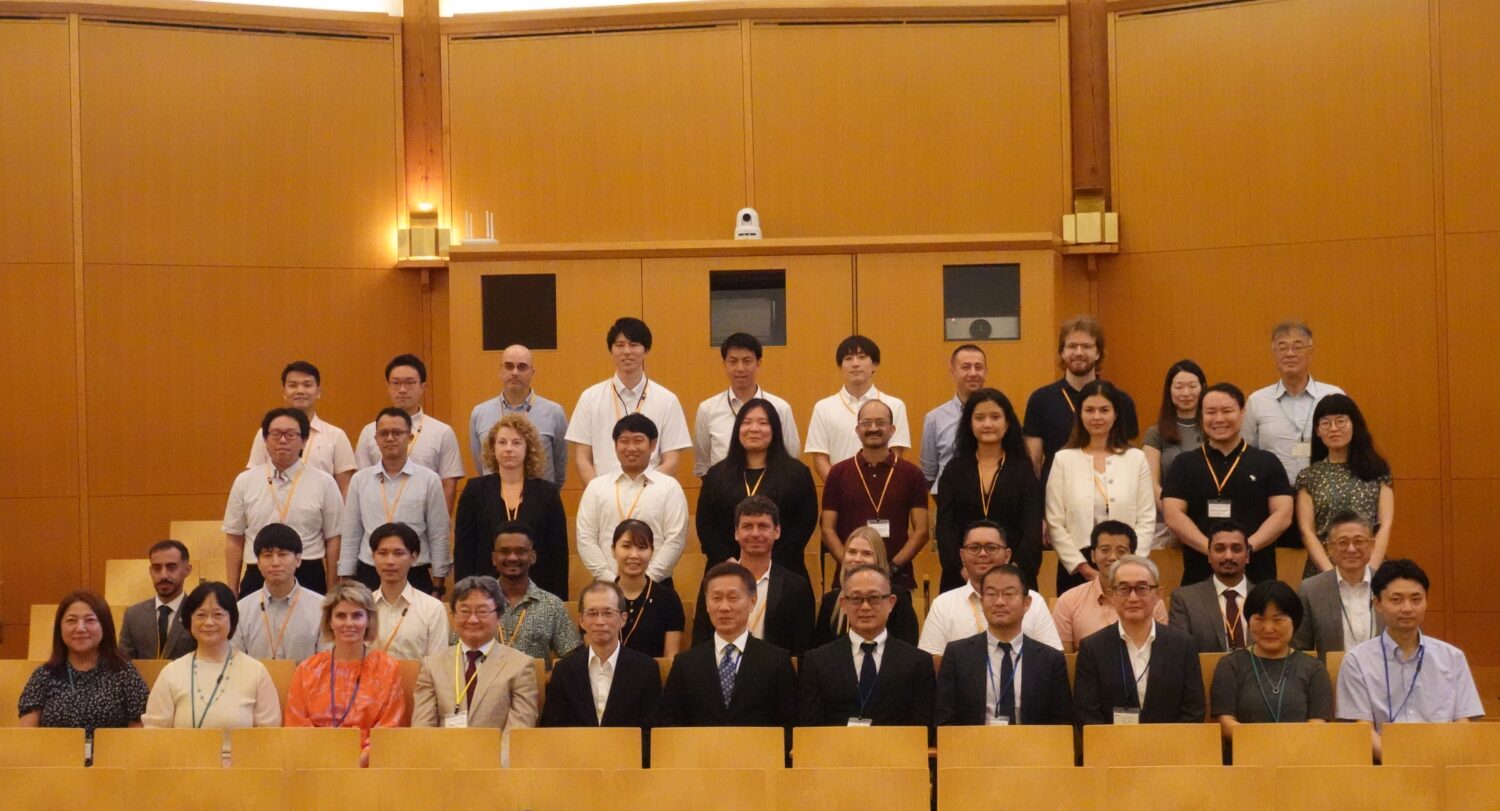The proposal first urges the government to aim for concurrent achievement of energy security, economic efficiency, environmental protection and safety (known as “3E+S”). To that end, it notes that in many Western countries the percentages of base-load power sources in the mix — though gradually declining — are over 60%, and says Japan will have to ensure an internationally comparable level.
Addressing the composition of power sources in Japan’s energy mix, the proposal says it is essential to (a) return to the concept of “3E + S,” the starting point for energy policy, (b) clarify policy objectives related to it, and (c) pursue them via a practical, well-balanced supply-and-demand structure, rather than discussing pre-set figures.
Concerned about adverse effects of substantial increases in power rates since the earthquake on the lives of ordinary people and economic activities — i.e., economic efficiency within “3E+S” — the proposal seeks to ensure a composition of base-load power sources that reduces the cost of electric power to the level before the earthquake, or as close as possible.
Geothermal, hydropower, nuclear and coal-fired thermal are positioned as base-load power sources: those that can generate power consistently at low cost and operate continually, day and night.
According to a recent analysis by the Research Institute of Innovative Technology for the Earth (RITE), base-load power sources accounted for approximately 60% of the total before the giant earthquake of March 2011. By 2013, the figure had fallen to 40%.
If the percentage of base-load power sources is returned to a level of 50% or 60% (with renewable energies contributing 25% or 20%, respectively) by 2030, it is estimated that energy costs would be reduced by JPY1.4 trillion (USD11.6 billion at USD1=JPY120) and JPY 2.4 trillion (USD 20.0 billion), respectively, in comparison with 40% base-load level (renewables 30%).
In terms of “environmental protection,” the proposal says that, with a growth strategy as precondition, and a substantial improvement in energy efficiency, to a level equivalent to that immediately after the Oil Crisis, realizing such an energy mix should result in substantial CO2 emissions, which have increased dramatically since the earthquake.










